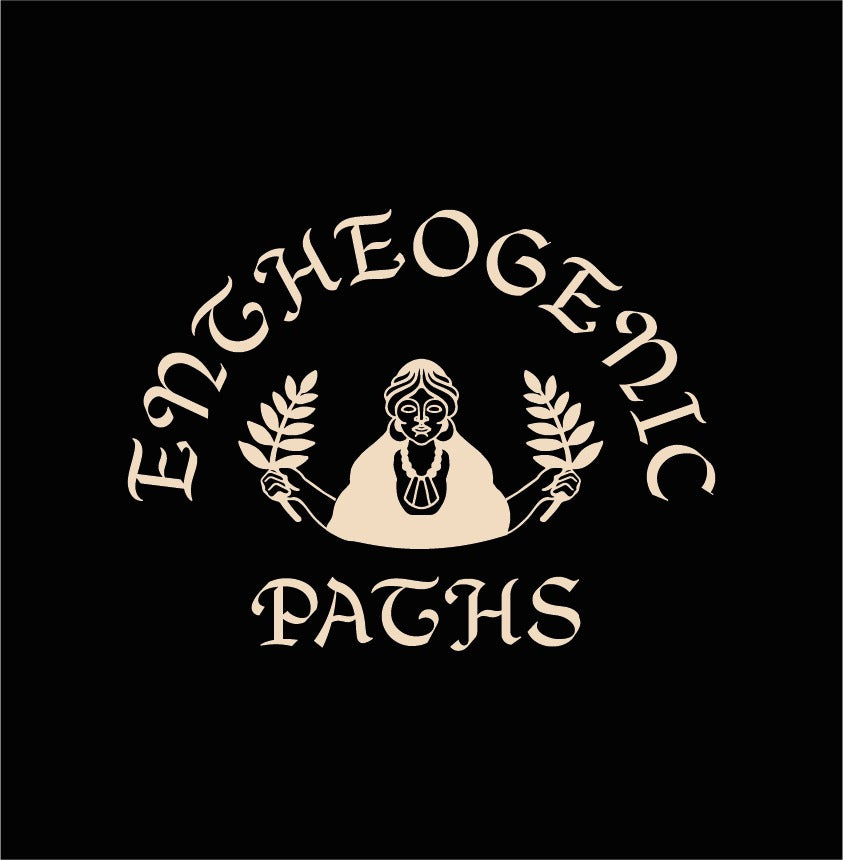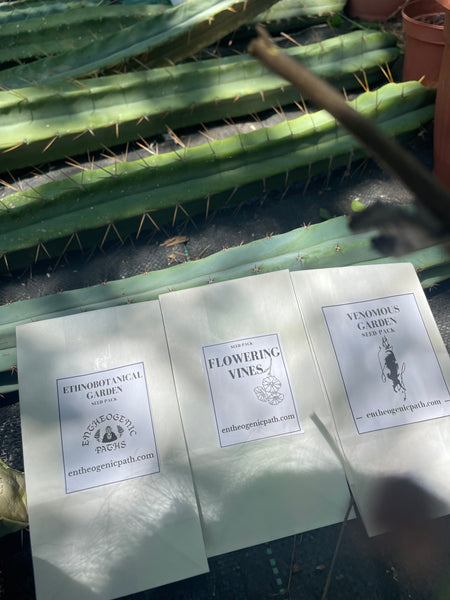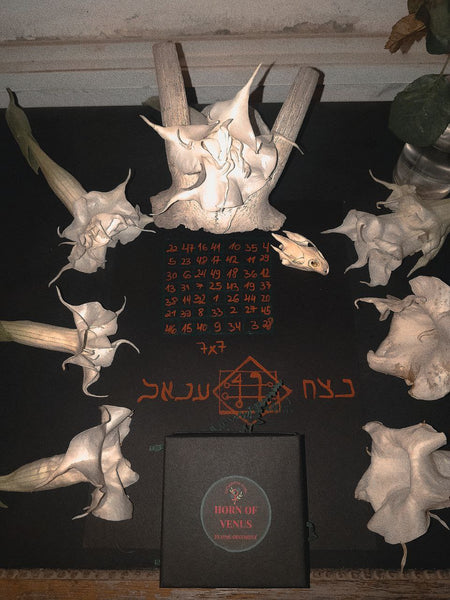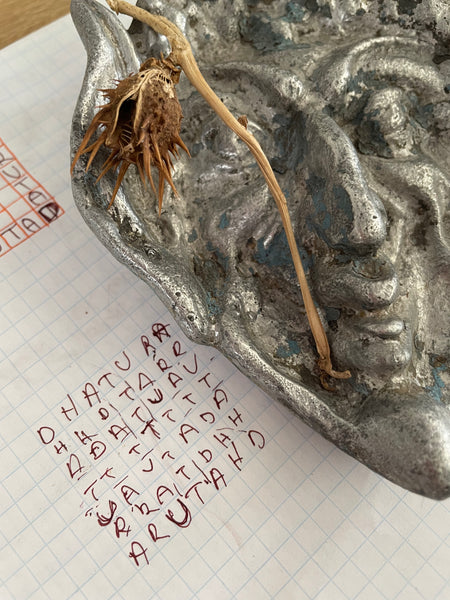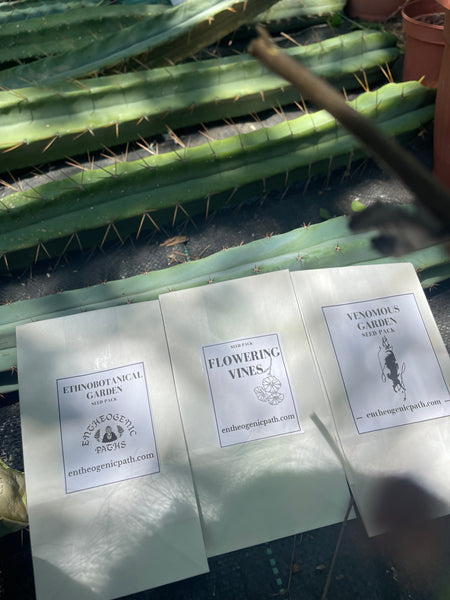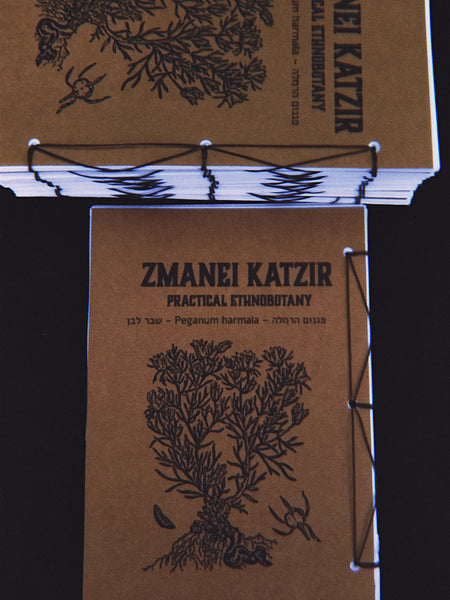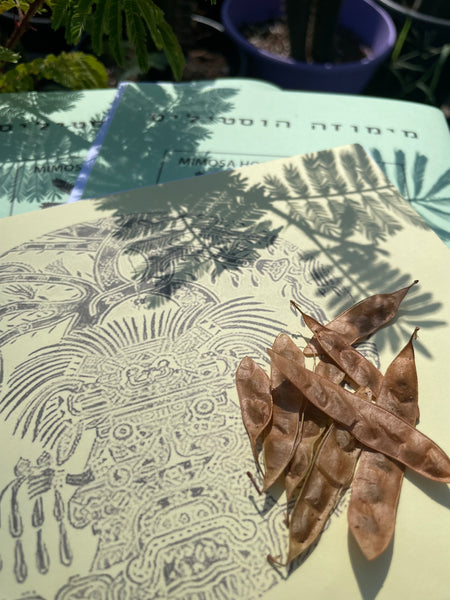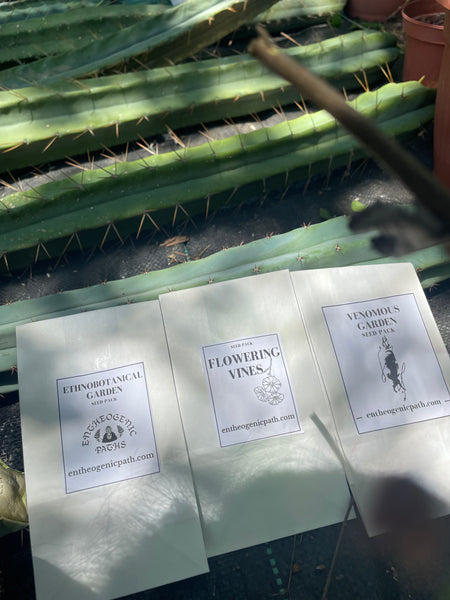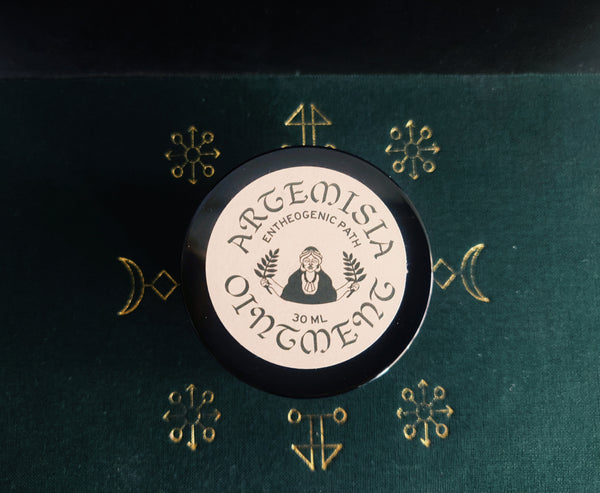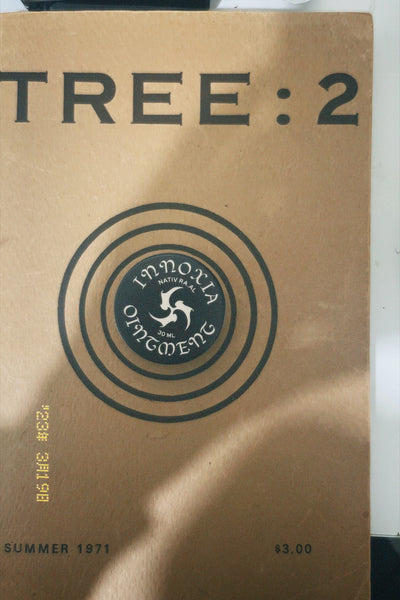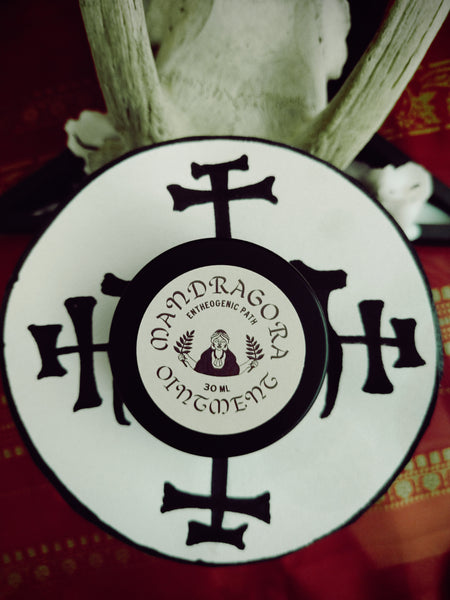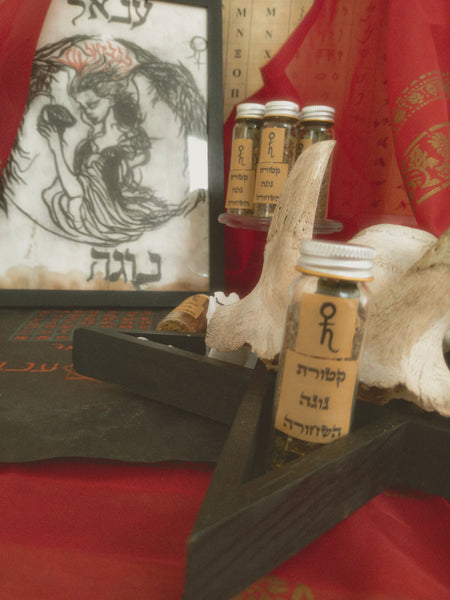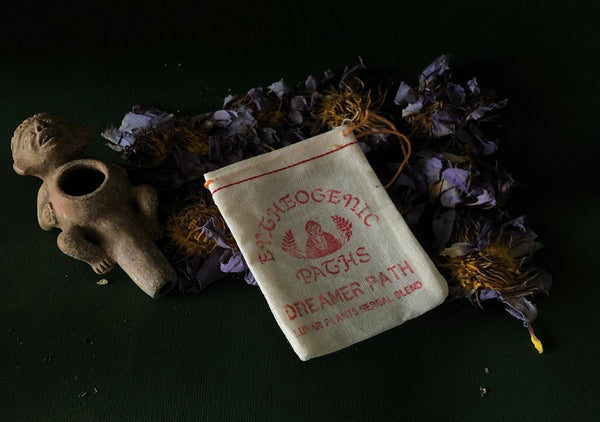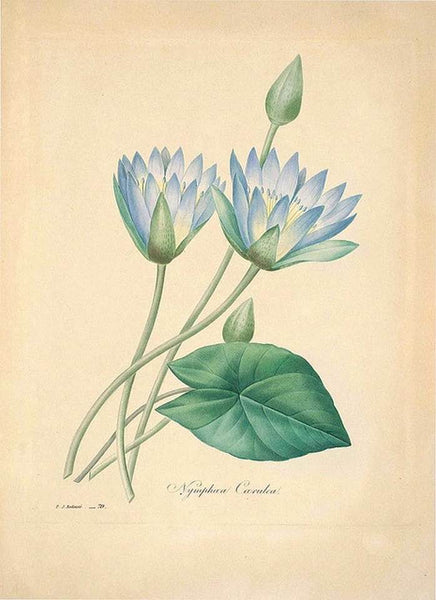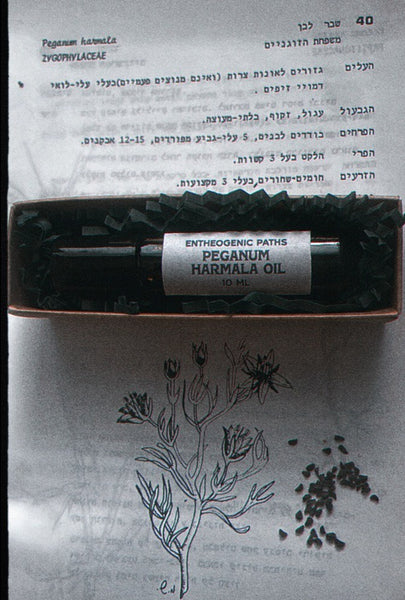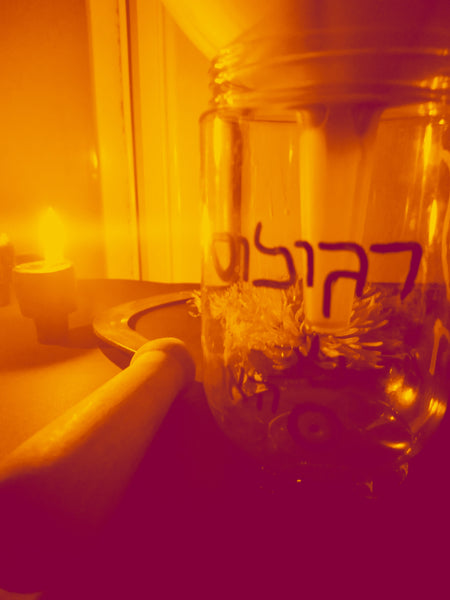In the 'Beshalach' weekly protion today (parashah) we meet The Song of the Sea, also known as Shirat HaYam, the Song of Moses, the Song of the Well and the Song of Miriam.
The Song of the Sea: is believed to have been sung by the Israelites after their safe passage through the Red Sea, marking their liberation from generations of Egyptian slavery and oppression.
This poem holds significance in Jewish liturgy, being included in prayer books and recited during morning shacharit services. It serves as the first ode or hymn in the Eastern Orthodox canon, known as the Song or Ode of Moses.
Christian liturgies, including those of the Roman Catholic and Eastern Orthodox traditions, incorporate it during the Easter Vigil as part of the recounting of salvation history. In these traditions, it is referred to as the "Song of Moses," distinct from the Song of Moses found in Deuteronomy.
Within Judaism, the Song of the Sea is featured in the sixteenth Torah portion, or parshat Beshalach. The Sabbath when it is read is termed the Sabbath of the Song. It stands out as one of the only two sections in the Torah scroll written with a different layout, the other being the Song of Moses at the end of Deuteronomy, found in the 53rd weekly portion, or parshat Ha'azinu.
Origin-wise, the Song of the Sea is distinguished by its archaic language, reflecting a Hebrew style older than the rest of Exodus. Scholars debate its dating, with some considering it the oldest text describing the Exodus, potentially dating back to the pre-monarchic period.
Alternatively, it may have been intentionally written in an archaic style as a literary device. Proposed dates for its composition range from the 13th to the 5th century BCE.
.
.
I would like to refer here to Miriam's poetry of the sea, which combines with the song of Miriam's well as presented by Ruth Netzer in her book. In the second part I refer to the name of the god derived from the song of the sea.
.
.
According to tradition, during the wanderings of the Israelites in the desert, they were accompanied by a well that miraculously moved, many virtues are attributed to this well, and it existed thanks to Miriam (according to Rashi, this is the meaning of the story of Moses and the rock, because after Miriam's death Moshe had to return the well).
In the Talmud there are different opinions about the location of the well.
In the Jerusalem Talmud and Midrash Raba, it is written that it was buried in the Sea of Galilee, but in the Babylonian Talmud it is believed that it is in the Mediterranean Sea, probably near Mount Carmel. The connection of the Carmel to Miriam's well probably stems from the midrash, on the verse "as Carmel in the sea will come", according to which the Carmel participated in the splitting of the Red Sea.
This tradition is based on what is said in the book of numbers (Bamidbar 16:16-20).
.
.
What is the connection between Miriam and water, apart from the linguistic link in Hebrew?
Sea - yam - יָם
water - מַיִם
bitter - מָרִים
Miriam - מִרְיָם
After the song of the sea and the song of Miriam appears the passage in which the people "could not drink bitter water because they are bitter". Moshe, under God's guidance, cast a tree into the water and they are sweetened, and after a few more verses he ends the chapter: "And they came to Ilma, and there were twelve springs of water and seventy palm dates, and they encamped there on the water."
[After all, it is a link between Miriam, bitter taste and an abundance of water.]
.
It can be said that the name Miriam has become a female archetype.
The name Miriam returns again and again in mythology:
Mary, Miriam the Magdalene (Mary Magdalene), Miriam the alchemist (also called
Miriam the Jew) - invents a container for alchemical work called Bain-marie, essentially a double boiler, a container that corresponds to Miriam's well, and to her are credited other inventions in the field such as a device called tribikos. it was a kind of alembic with three arms that was used to obtain substances purified by distillation.
.
So, the well is also the container-womb as the place of transformation, the formation, the growth of the fetus, the cooking container, The alchemy tank...
Ancient containers were shaped like the thighs of a woman whose stomach is the container.
You can see a perfume container by clicking
here
.
It is said that during Miriam's lifetime, the well quenched the thirst of the Israelites walking in the desert.
With the death of Miriam, the well was closed, but according to the legend, it continues and exists as a source of spirited water and the drinker of its waters is healed and may gain wisdom.
.
every Shabbat night (Saturday night) she rolls in the water of lakes, rivers and seas and women go out to draw wisdom water from her.
Miriam's godhead is associated with abundance, healing power and even with the Shekinah (sefirat binah).
.
In another place, Rashi slightly expands his description: "A well - in Miriam's well - a rock from which the water came out by Moshe, and it was round as it already was, and rolled with them everywhere they went." (Rashi Pesachim page 91). the interpretation of the Maharal From Prague, in Rashi's words, it is not meant that the rock would roll with them, because if so, it is another unmentioned miracle, but the meaning is that wherever Israel went, the water would rise and an opening would miraculously be created.
this is the mouth of the well.
.
It is said about this well that it was created among the ten things that were created on Sabbath Eve, and that is why there is an extra sanctity in them.
"Ten things were created on the eve of the Sabbath at twilight, and these are they: the mouth of the earth, the mouth of the well, the mouth of the donkey, the rainbow , the manna, the staff [of Moses], the shamir , the letters, the writing,and the tablets. And some say: also the demons, the grave of Moses, and the ram of Abraham, our father. And some say: and also tongs, made with tongs.
.
Among the ten things we are talking about - 'the mouth of the well, the mouth of the earth, the mouth of the Aton-donkey' - which is here - an opening to a mystery and an entrance to the depths.
.
.
.
.
On the Shem HaMephorash:
The explicit 72-letter name of the Jewish God is a concept that originates in Jewish mysticism, especially Kabbalistic teachings.
This is related to a specific arrangement of letters found in the book of
Exodus 14:19 11, during the events surrounding the opening of the Red Sea, which is part of the Parshath
Beshalach, and also part of the Song of the Sea in Exodus 15.
Some identify the explicit name with other names that are mentioned such as the names called "Shem ben 12", "Shem ben 42" or "Shem ben 72".
Even in Christianity there is a special reference to the explicit name, called the Tetragrammaton (also known as a four-letter name).
.
.
This is one of the steps to approach this complex:
Parashat Bashalach (Exodus 34:19-21) - In this passage, when the Israelites flee from Egypt and Pharaoh's army pursues them, God protects the Israelites by appearing as a pillar of cloud by day and a pillar of fire by night. When Moses stretches out his hand over the sea, God separates the waters, allowing the Israelites to cross on dry land.
It is believed that God's 72-letter name is derived from these verses, combining the letters creates a unique sequence that many believe has a special meaning and power in Jewish mysticism.
.
However, it is important to note that the explicit 72-letter name is not explicitly written in the Torah. Rather, it is a concept derived from interpretations and mystical traditions within Judaism, particularly within Kabbalah.
Kabbalistic teachings attribute deep meaning to various combinations of letters and numbers, and see them as channels for spiritual energy and divine attributes.
The idea behind the 72-letter name is that it includes within it the divine power and protection seen during the Exodus from Egypt and the crossing of the Red Sea.
It is believed that meditating or invoking this name can bring spiritual insights, protection and connection to the divine.
Although the 72-letter name is not a mainstream concept in Judaism and is studied in depth mainly in Kabbalistic circles, it is like a mirror that reflects the rich well of mystical thought found within the Jewish tradition.
Happy Sabbath Shira!
.
.
Cover image:
The Wolves Pursuing Sol and Mani by J.C. Dollman
Sources:
A journey to the self
Alchemy of the soul - symbols and myths by Ruth Netzer
Wikipedia

